
In 2003, the CDC recommended hospitals to clean and disinfect frequently touched surfaces. Later, they advised hospitals to closely supervise cleaning procedures near patients. This article explains what IPC personnel need to know about ATP testing.

SHARON WARD-FORE, MS, MT(ASCP), CIC, FAPIC, is an infection prevention consultant located in North Carolina. She is a member of Infection Control Today®’s Editorial Advisory Board. Her videos can be found on YouTube. One example is https://www.youtube.com/watch?v=0jtR465SdcY .
Sharon was the winner of the 2023 Infection Control Today's Educator of the Year award.

In 2003, the CDC recommended hospitals to clean and disinfect frequently touched surfaces. Later, they advised hospitals to closely supervise cleaning procedures near patients. This article explains what IPC personnel need to know about ATP testing.

Human bodies, especially surgical personnel's hair, scalp, and skin, are a major source of bacterial contamination in the surgical environment and a major cause of SSIs. Yet, not it hasn't always been a consideration.
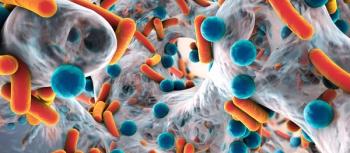
The surface material and product damage caused by new advances in disinfection technology must be addressed for patient safety.
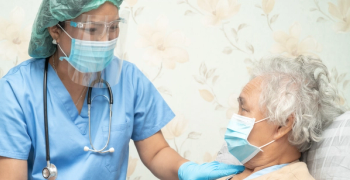
Having an infection preventionist on site or as a consultant to lead infection prevention and control training makes a difference. The ability to screen, isolate, or group patients can save lives. Ongoing testing of residents and staff is critical.

In order of occurrence, the most common types of HAIs are catheter-associated urinary tract infection (CAUTI) at 32%; surgical site infection (SSI) at 22%; pneumonia (ventilator-associated pneumonia) at 15%; and central-line associated bloodstream infection (CLABSI) at 14%.

In the new normal after COVID-19, infection preventionists will need to become more knowledgeable about and involved in the functionality of air ventilation in health care settings.

Between the trifecta of departments responsible for infection prevention—EVS, nursing and infection prevention—it’s every individual’s responsibility to ensure surface cleaning and disinfecting are done quickly and effectively.

Stand with the 7000 other infection preventionists who decided it’s important to be certified. It isn’t easy, but the satisfaction of this achievement far outweighs the preparation needed to pass.

Infection preventionists have the skill set to provide guidance beyond the health care setting. We know how to select PPE and how to use it. Cleaning and disinfection are like breathing to us.

Compare transmission data for patients on contact precautions using the recommended full complement of PPE versus transmissions for patients on contact precautions when PPE was being utilized differently or not at all.
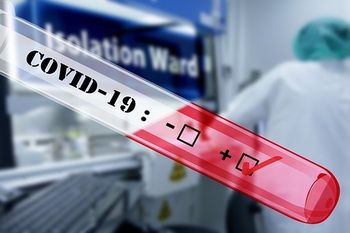
The ability to answer questions and explain why just yesterday we were doing something differently than today occurred fairly frequently because of the evolving nature of the pandemic.
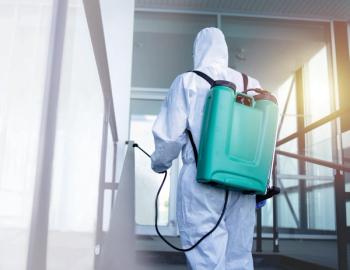
Infection preventionists should know that these technologies are available to add to their toolboxes of best cleaning and disinfection practices when they need them, but be aware of the caveats for their use.
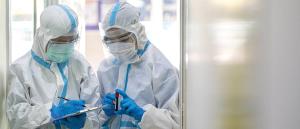
Published: December 8th 2020 | Updated:

Published: September 4th 2023 | Updated:
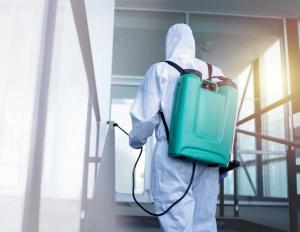
Published: September 14th 2020 | Updated:

Published: December 13th 2021 | Updated:
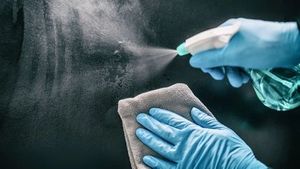
Published: May 3rd 2021 | Updated:
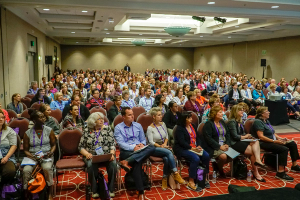
Published: April 14th 2021 | Updated: